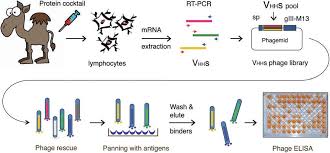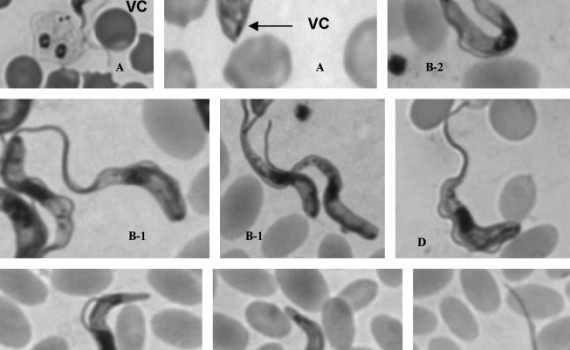Induction of Parturition with Aglepristone in the Majorera Goat (Article)
Reproduction in Domestic Animals
Volume 46, Issue 5, October 2011, Pages 882-888
Batista, M. , Reyes, R., Santana, M., Alamo, D., Vilar, J., González, F., Cabrera, F., Gracia, A
Abstract
Contents: This study assessed the efficacy of aglepristone at inducing parturition in pregnant goats. Six experimental groups were defined: group A-5 (n=12), group A-3.3 (n=12), group A-2.5 (n=12) and group A-1.5 (n=12) in which goats were injected SC once with 5.0, 3.3, 2.5 and 1.5mg of aglepristone per kg body weight of goat, respectively, group L (n=11), which was treated IM with 3.75mg of luprostiol; and group Ct (n=11), which was injected SC with 1ml of saline solution. Different parameters associated with parturition were thereafter investigated. In addition, plasma progesterone concentrations were defined after treatments till parturition. Aglepristone effectively induced parturition in all of the goats. In the A-5, A-3.3 and A-2.5 groups, the time to parturition was around 30-34h, and the majority of goats (97.2%, 35/36) started kidding between 25 and 40h after the aglepristone injection. However, the goats in group A-1.5 showed a significantly (p<0.01) higher time to parturition (mean: 46.8h). Overall, the incidence of dystocia registered in aglepristone-induced goats (20.8%, 10/48) and luprostiol-induced goats was not different from that observed after a spontaneous parturition. The percentage of live kids was very similar between A-5, A-3.3, A.2.5 and L groups (95.7, 95.3, 95.0 and 96.3%, respectively) but was higher that observed in the control (83.4%) and A-1.5 (81.2%) groups. In addition, no maternal mortality was registered in any groups. No changes in plasma progesterone were observed during the first 24h after treatment, and high plasma progesterone concentrations were present at kidding (6.7, 5.5, 4.5 and 3.6ng/ml for groups A-5, A-3.3, A-2.5 and A-1.5, respectively), confirming that aglepristone does not induce parturition via luteolysis. This study demonstrates that aglepristone can be used to induce parturition in goats with satisfactory efficacy, inducing pregnancy termination without direct or immediate modifications of luteal function.






